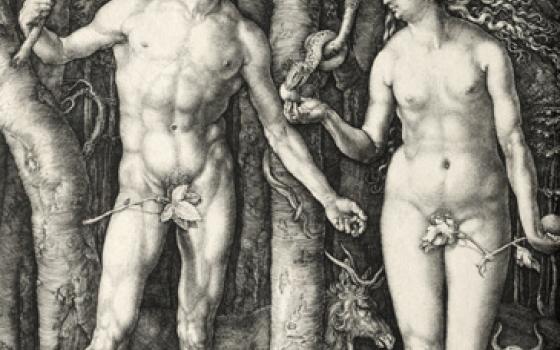The Virgin, enthroned, closes her eyes and tilts her head to the side slightly as she wears a crown in Albrecht Dürer's 1485 drawing "Madonna with Musical Angels." The infant Jesus, naked and with rays of light emanating from his head, stands on Mary's lap as two angels serenade the pair with a lute and a medieval harp.
The German artist's drawing succeeds particularly for its build up, through cross-hatching, of the details in the folds of the Virgin's and the angels' garments and in their hair, while elsewhere Dürer employed a lighter touch. A carefully balanced tug of war between the work's different elements keeps the eye from straying from the important details.
It's probably worth mentioning at this point that Dürer (1471-1528) was only 14 years old at the time he drew it. And he had already executed a well-drawn self-portrait the previous year. "Madonna with Musical Angels" foreshadowed what would prove a productive career of religiously themed works.
A new exhibit at the Cleveland Museum of Art titled "Dürer's Women: Images of Devotion & Desire" (open through Sept. 28) focuses on more than 50 of Dürer's works from the museum's collection that contain female subjects. As the title reveals, those women were often saintly.


